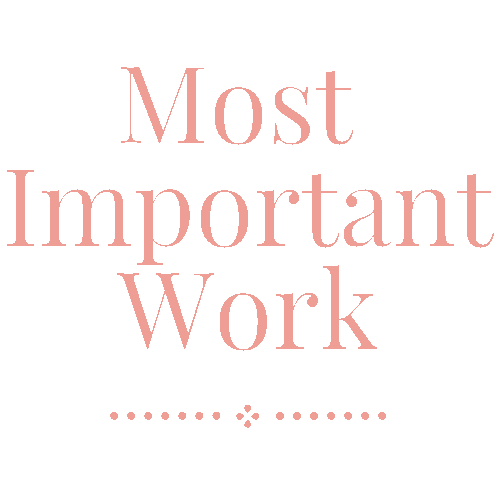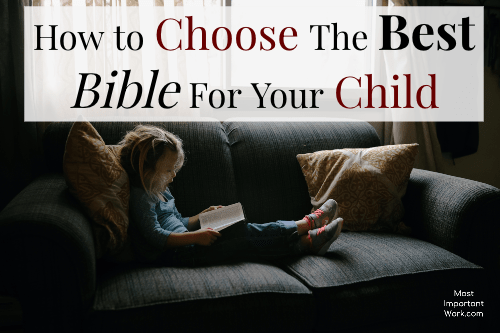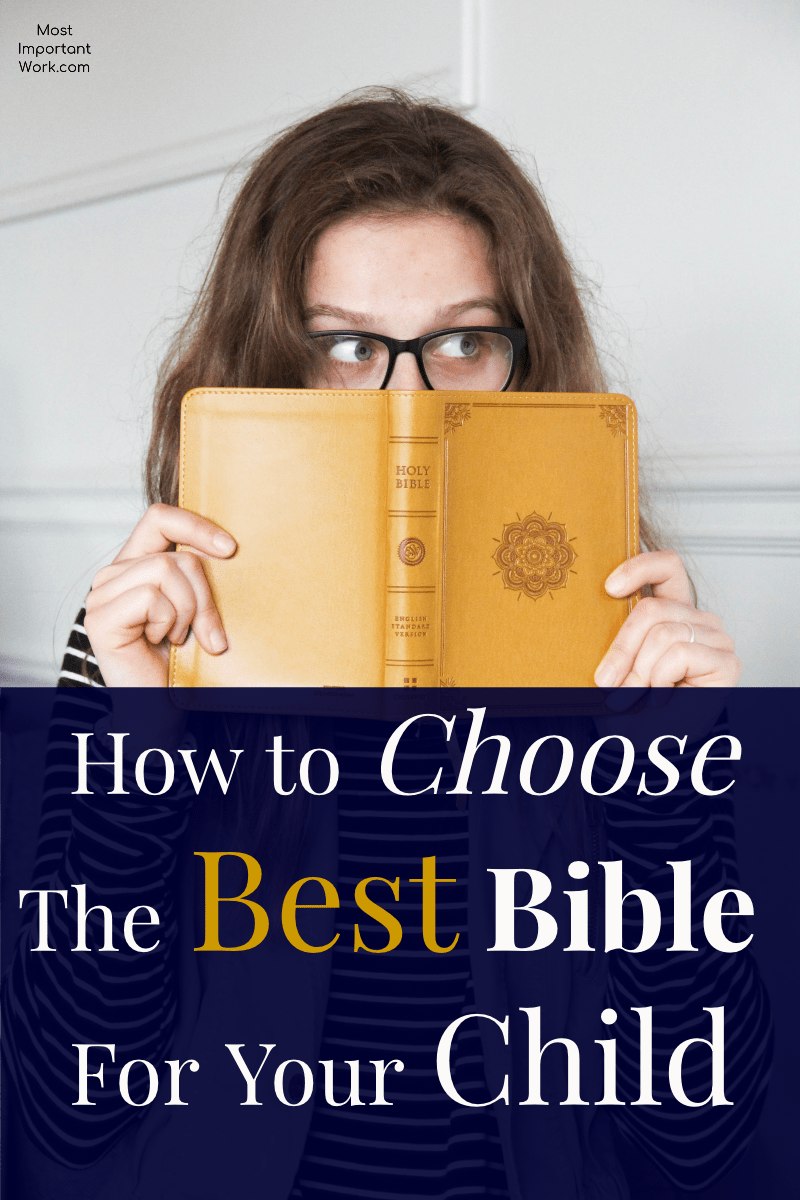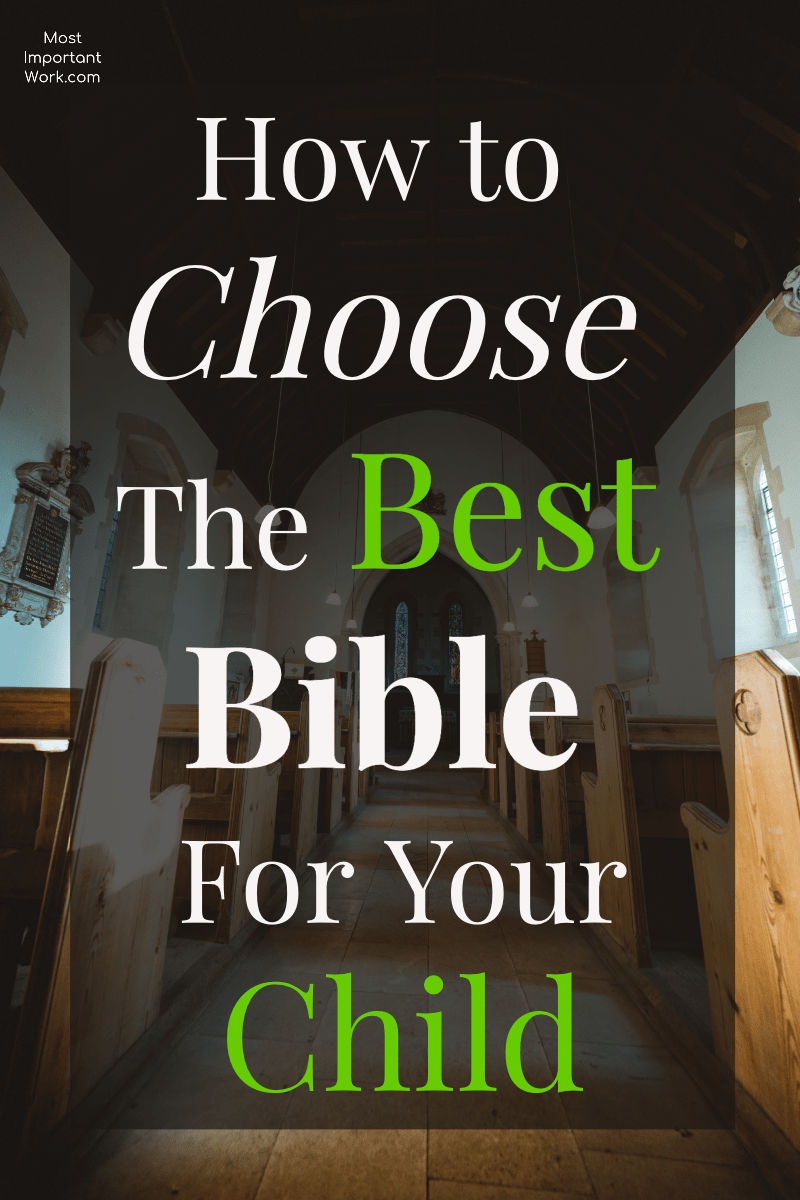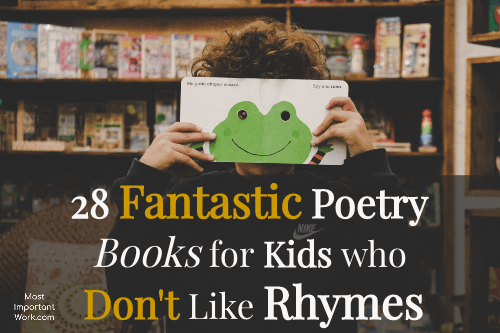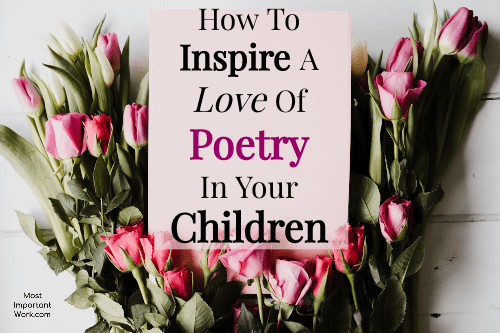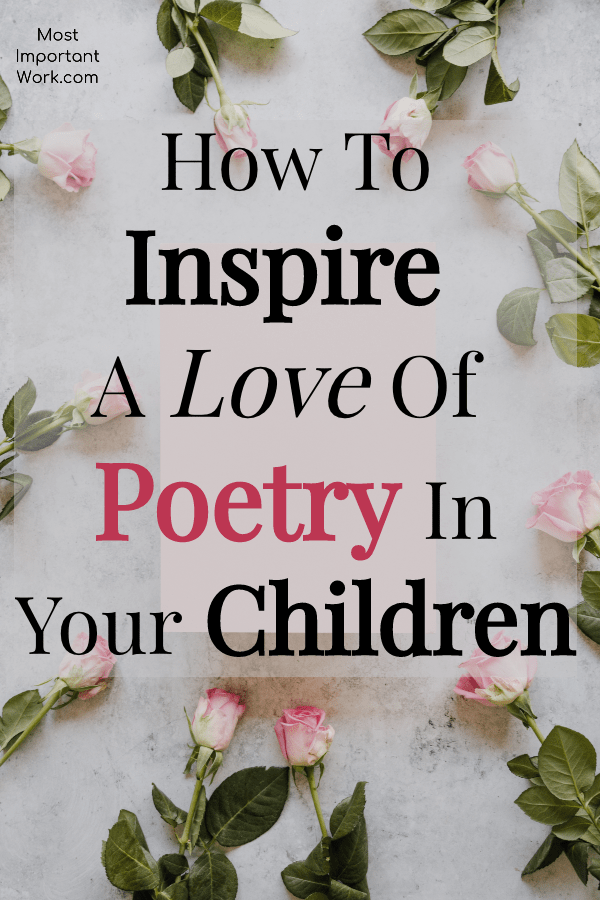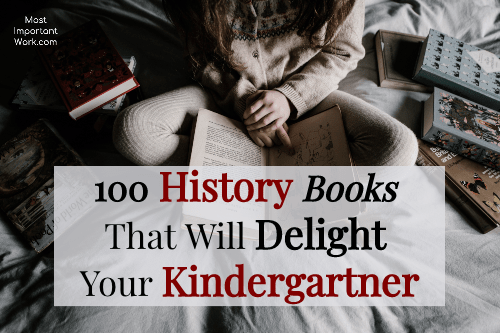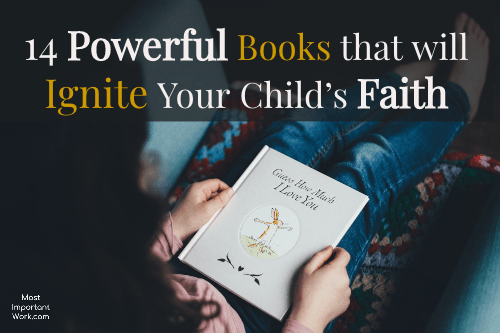
14 Powerful Picture Books That Will Ignite Your Child’s Faith
Reading Time: 3 min 14 sec
Have you ever searched for Christian children’s books only to shake your head in dismay? I have only just realized that for most of my life, I have had this thought that Children’s Christian literature is subpar, a chotskies, something you stick in an Easter basket or as an “extra” gift on Christmas morning because you feel like you should.
Even as a child, it seemed like most Christian picture books were trying to portray this cotton candy outlook on life, light but rarely formative. They were what you read at Grandma’s when you were bored with literally nothing else to do.
It is not until now, as a mother, that I realize that alongside the cotton candy are books dripping with gold. These books rarely make it to the bestseller list and are hidden in out-of-the-way nooks, but they are formative to our child’s walk with Jesus. We are going to be talking about 14 Powerful Books that will ignite your children’s faith.
1. Children Learn Through Experience
2. The Power of a Truly Great Book
3. How to Read Christian Picture Books
4. 14 Powerful Picture Books
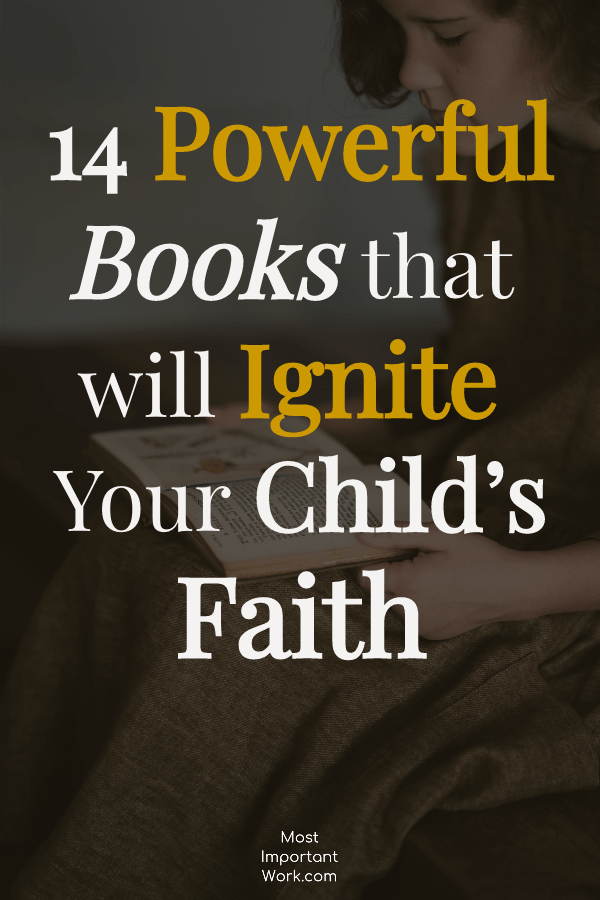
1. Children Learn Through Experience
I discovered that reading stories is not just a way to pass the time or to make sure our child is receiving a solid foundation in Christianity, but as a powerful tool in their walk with Jesus.
Children learn through experience and even though as parents we would like to open their heads and stick in all the right answers to life’s greatest questions, we can’t. While we have good intentions, the fact is that all of the knowledge in the world cannot trump experience.
My mother loves recounting the story (okay hundreds of them) of myself as a toddler, and my fascination with the stove. She would constantly tell me, “Alexis, don’t touch that, you will get burned.” But no matter how many times she said it, I didn’t believe her. I reached out touched that stove, and truly experienced the meaning of the word “hot”.
Fortunately, through the power of stories (and the graciousness of the Holy Spirit) our children can experience many different situations and see the consequences without ever leaving the comfort of the couch. Books allow us to experience truth without having to walk through the pain.
2. The Power of a Truly Great Book
Did you ever read a book as a child that’s truths stick with you to this day? The book that shaped me, was Anne of Green Gables. This book which has so captured the hearts of millions of people depicts the beauty of ordinary life. It showed us how to observe the world around us, how to bask in the beauty of today, how to invest in relationships even when they are messy, how to love well, and how to persevere.
Great books invite you to reflect, allow you to discover, spark your imagination, call out the beauty in the world, and inspire you to new heights. Great books read in community, as a family curled up on a couch, give you a shared vocabulary, a way of relating to each other and the world around you. They not only build life-long memories, as you wrestle together, with ideas and concepts, but they allow your child to form their outlook on life.
Reading great Christian books together as a family isn’t just a good idea, or something to check off the to-do list, but a simple, yet powerful tool in the investment of your child’s walk with God.
We all learn best in the context of a story.
3. How To Read Christian Picture Books
I adore books. I love surrounding my children with life-changing literature. However, if I bought every book I read I would need another house. 🙂
The more I read about the spiritual development of children the more I realize the importance of providing select tools for their spiritual development. I look at these picture books as something comparable to what a journal or podcast would be for adults. I would plan to add these titles to your collection over time. 🙂
Unlike books for educational purposes, the goal is not to finish. I know shocker, right! The goal is to allow space to be present to each other, to listen to the still, soft voice of the Holy Spirit, to wonder, and ask questions.
As YOU read, don’t hurry to turn the page, but take the time to take in the illustrations. At the end, do not rush to teach or share the moral of the story. Trust that the Holy Spirit is touching your childs heart.
Instead, invite discussion. Ask your child what they thought and felt as they experienced this book. This doesn’t have to be a long-drawn-out affair. Yes, this can be done with active children. 🙂 Remember that whether you can see it or not the Holy Spirit is at work in the heart of your child. Enjoy!
4. 14 Powerful Picture Books
Grab your FREE Beginner Guide to The Deeper Life and join our community of moms who are hungry for more of Jesus in their lives and in the lives of their children.
What about you? What is your favorite Christian children’s picture book? Leave a comment, and don’t forget to follow Most Important Work on Pinterest!
[/et_pb_text][/et_pb_column][/et_pb_row][/et_pb_section]